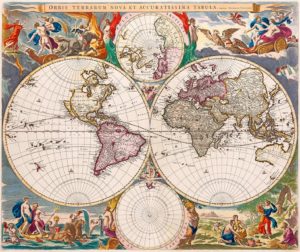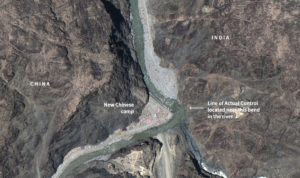China’s most important (and mostly unreadable) historical texts

The Twenty-Four Histories (二十四史 Èrshísì shǐ) are a set of Chinese historical records spanning from 3000 BC to the 17th century. The entire set contains about 40 million words, most of which have not been translated into English. Today’s column, about the Twenty-Four Histories, comes from one of Kaiser’s answers originally posted to Quora and updated on December 3, 2019:
The 24 Histories are the most important historical records in Chinese history, but why has no one translated them into English in their entirety? Would non-Chinese speakers be interested in reading them?
It’s a good question. The dynastic histories fall into an unfortunate gap whereby any English-speaker who is deeply interested in those histories, in all their minutiae and with the difficulty of the texts, is probably already going to be a trained sinologist and is able to read them in the original Chinese. The few people who don’t fit this description are certainly not enough for a publisher to see enough potential profit to undertake such a project. For people who don’t read Chinese, there are plenty of secondary sources in English that draw heavily on the dynastic histories and feature translations of key passages.
In the 1950s and early 1960s, Burton Watson translated the majority of the Records of the Grand Historian — the《史记 Shǐjì》of Sīmǎ Qiān 司马迁 — and put it out in three volumes, the Qin and two volumes on Han up to the time of Hàn Wǔdì 汉武帝.
There are also translations of it, still ongoing I believe, from William Nienhauser, Jr., at Indiana. They’re published under the title The Grand Scribe’s Records. He’s been working on this for at least 26 years already — probably much longer — and so you can see that even to publish just one volume is a life’s work.
Still, that’s only one of the 24. It’s the one that set the pattern for the others that followed, and given the universal admiration of Sima Qian’s style, it’s not surprising that it’s the one that would have been translated. If you look at the Cambridge History of China, though, you’ll find that a great deal of the “basic” chronological history is drawn from the Twenty-Four Histories.
I was once dating a woman whose father had a complete set of the histories. His father had been a KMT general of some renown, and he had been gifted this set from an edition of which only a few copies exist. Chiang Kai-shek (蒋介石 Jiǎng Jièshí) had one of them. At the time, I was a graduate student in East Asian Studies and could read classical Chinese slowly. But I found that the few that I pulled off the shelf and cracked open were immensely slow-going, and even in the hands of a skilled translator would be turgid and probably quite dull for anyone but a specialist.
Kuora is a weekly column.





